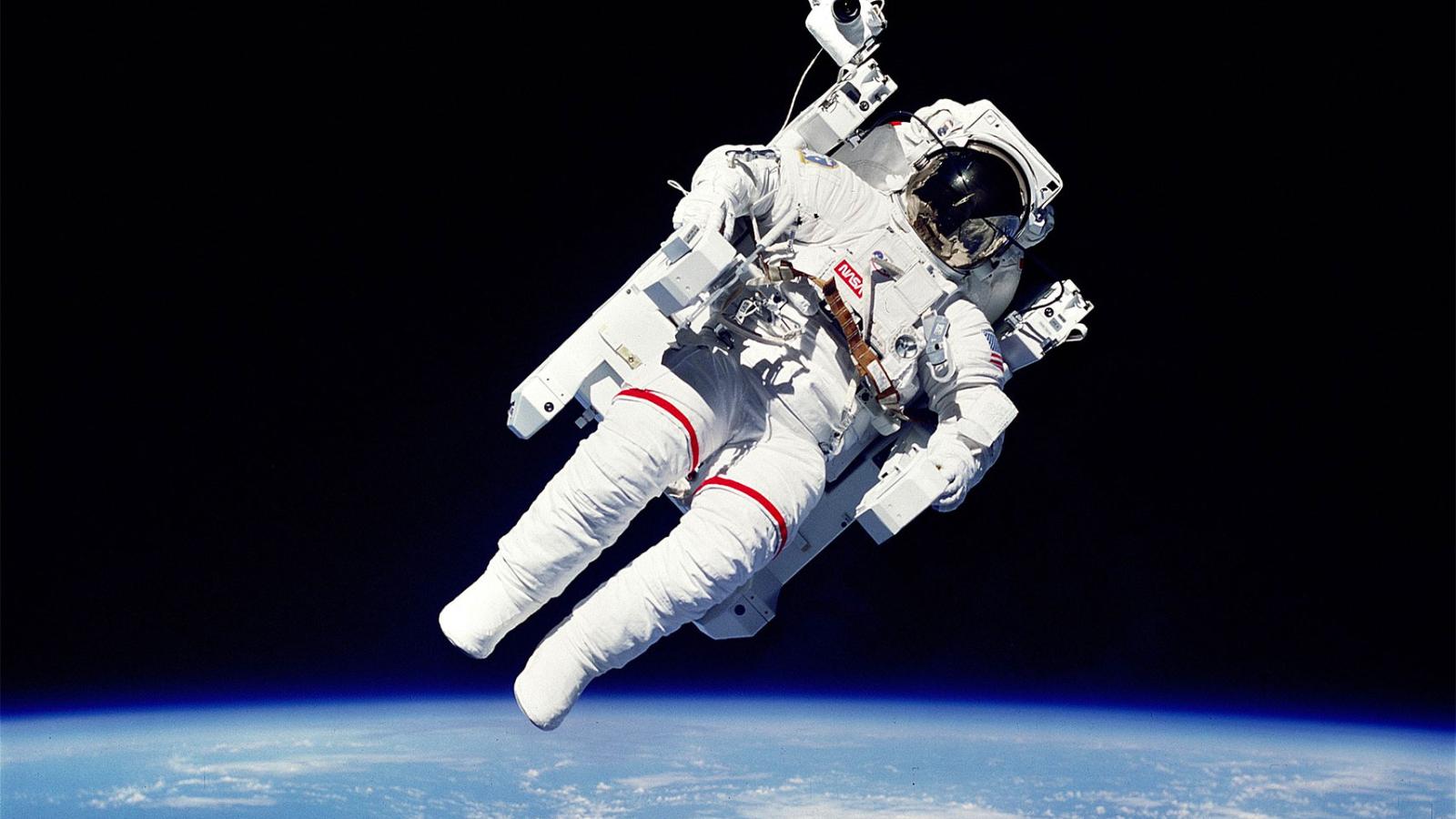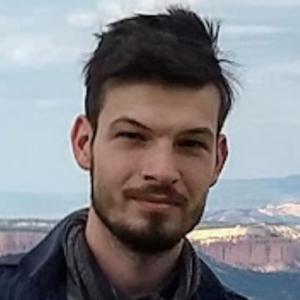How do journeys into the unknown change human identities?
Can research into the impact of migration on identity help inform our understanding of the effect of space travel on astronauts’ sense of self? Michael Murphy, who studied on the MSc in Migration Studies at ODID, prepares to bring the two fields together in a new research project with ‘analogue’ astronauts.

On Bonfire Night 2022, I attended the Royal Geographical Society’s EXPLORE conference. My work until that point had been with forced migrants, studying how their journeys fundamentally changed who they are. Then, a researcher from Space Health Research, Myles Harris, took the stage to talk about “analogue missions” – projects that simulate travel to outer space. As he described what astronauts went through, their similarities to the experiences of forced migrants shocked me, and I felt compelled to investigate these similarities further. In August 2023, I will be joining the next Space Health Research analogue mission to explore the bridge between these avenues of study by asking: How does simulated travel through space change an astronaut’s identity?
Analogue missions are training exercises, simulations and equipment tests that astronauts and space agencies have conducted for decades. Before astronauts can do their work in space, they must be trained in remote locations on Earth. What makes the analogue missions of the Space Health Research group unique are their focus on prolonged medical care. If someone has an allergic reaction or breaks a bone on the moon, the nearest hospital is 250,000 miles away. To create standardised practices for these scenarios, astronauts will simulate medical emergencies each lasting eight hours and requiring immediate and prolonged care. Team members will need to address relapses and unstable conditions, in addition to the patient’s normal biological needs.
The mission will last two weeks. Astronauts will be flown to an uninhabited island in the northern hemisphere with limited supplies and very limited contact. They will be able to contact mission control through a text-based messaging system with a 17-minute delay – the same time it would take a message to reach Mars.
The impact of migration on identity
I am interested in the impacts that these missions have on the astronauts themselves. In my previous work, I’ve conceptualised the migrant’s journey as a liminal space, where a person or group is taken completely from one context and put through trials and tests to reconstruct who they are. But, to the best of my knowledge, there has never been an ethnographic study of how journeys in space change astronauts.
In fairness to space anthropology, social scientists have only begun studying the profound impacts of terrestrial migration on individual identity. Sharam Khosravi, himself a forced migrant, documented his odyssey as he fled Iran, outlining a kind of “homelessness” where the traveller is so changed by their journey that they can neither return to where they came from, nor feel at home wherever they settle. These themes are echoed by Wendy Vogt, who researched smugglers in Central America, and Nadia El-Shaarawi and Maple Rasza, who found that the experience of fleeing over the Balkan Route sympathetically bonded Syrian and ex-Yugoslavian refugees across generations. Crises and emergencies play a transformative role in this process. As travellers are stripped from their communities, move through different contextual spaces and are forced to work with and against people, each step has an impact on self-construction.
Conceptually, migration acts as a ritual according to Victor Turner’s classic definition. Someone is taken from their home, travels through a suspended liminal state where their identity and worldview are continually called into question, and emerges as a different individual into a different place in society. The migration route is a liminal window between origin and destination, or who a person was and who they will become. The traveller is forced to continually question their concepts of self, and shift, adapt, reform and reprioritise as they adjust to new contexts and crises. The people they encounter and travel with can have a profound impact on these transformations, based on the level of perceived proximity in space, beliefs and experiences. A special bond develops between peers in liminal spaces, with a deeply transformative power.
How does space travel alter sense of self?
Anecdotal examples suggest similar dramatic identity shifts among space travellers. “The overview effect” is a well-known transformative phenomenon that happens when some astronauts see Earth from space. Russian cosmonaut Valentin Lebedev described the experience as becoming “untranslatable to [oneself]” and American astronaut Jerry Linengar describes a feeling of being “no longer [an] earthling”. This penetrates the core of the idea of alienation – being separated from a society entirely. Identity crises occur as cultural norms are set aside in favour of cosmopolitan negotiation, and values are rearranged within a near-constant state of emergency.
But how do we gather this data among space travellers? It is difficult for anthropologists to visit space with astronauts. Even in analogue missions, the presence of an anthropologist poking around and asking questions would interfere with the experience of alienation. What is the solution? Studying changes in identity requires comparison between a beginning and end. In addition to interviewing the astronauts before and after the mission, I will be asking them to write a journal by hand for at least 15 minutes each day. Their observations, personal reflections, doodles and marginalia will give me a close understanding of their subjective experience and resulting identity shifts. This method can be even more useful than direct interview and observation in the traditional sense. While I might be able to observe a good deal, my understanding is still firmly rooted in my own subjective experience, filtered through a lens of objectivity. In comparison, field journals give the astronaut’s completely subjective experience in a way that Michael Taussig describes as “more real than real”. It is the subjective experience, not the objective fact, that impacts our understanding and ourselves.
Measuring human responses to the unknown
I will also be at mission control with other researchers, gaining a firsthand account of the environment that they are creating for the astronauts. I will be able to make real-time observations, interact with mission control staff, and participate in communication with the astronauts. Lebedev also writes about the minor rebellions that astronauts would stage against their mission control overlords. At times, they would cut communications, or appear on camera in a gorilla mask as a prank. In effect, mission control represents the first line of the society that the astronauts are being alienated from, and it is just as important to understand both sides of this alienation process. By being in the control room, I will be able to record direct experiential data vital to the study.
As I write this, a notification has popped up on my desktop, alerting me that Virgin Galactic has just launched its last test flight before beginning ticketed trips to space. Meanwhile, NASA has begun training astronauts for life on Mars through its own analogue missions. As we enter this second space race, it is crucial to understand how identities may be impacted by these journeys. Manned space exploration, whether for scientific, commercial or colonial purposes, has reached an inflection point. The wellbeing of those who take these steps cannot be measured purely by physical survival in the hostility of space, but – as for the wellbeing of migrants on our planet – must encompass social and cultural factors as well. At this turning point for space travel, there is no better time to find out more about the impact of the unknown on human identities.
For updates and to help fund Michael’s project, please find the project website here.

